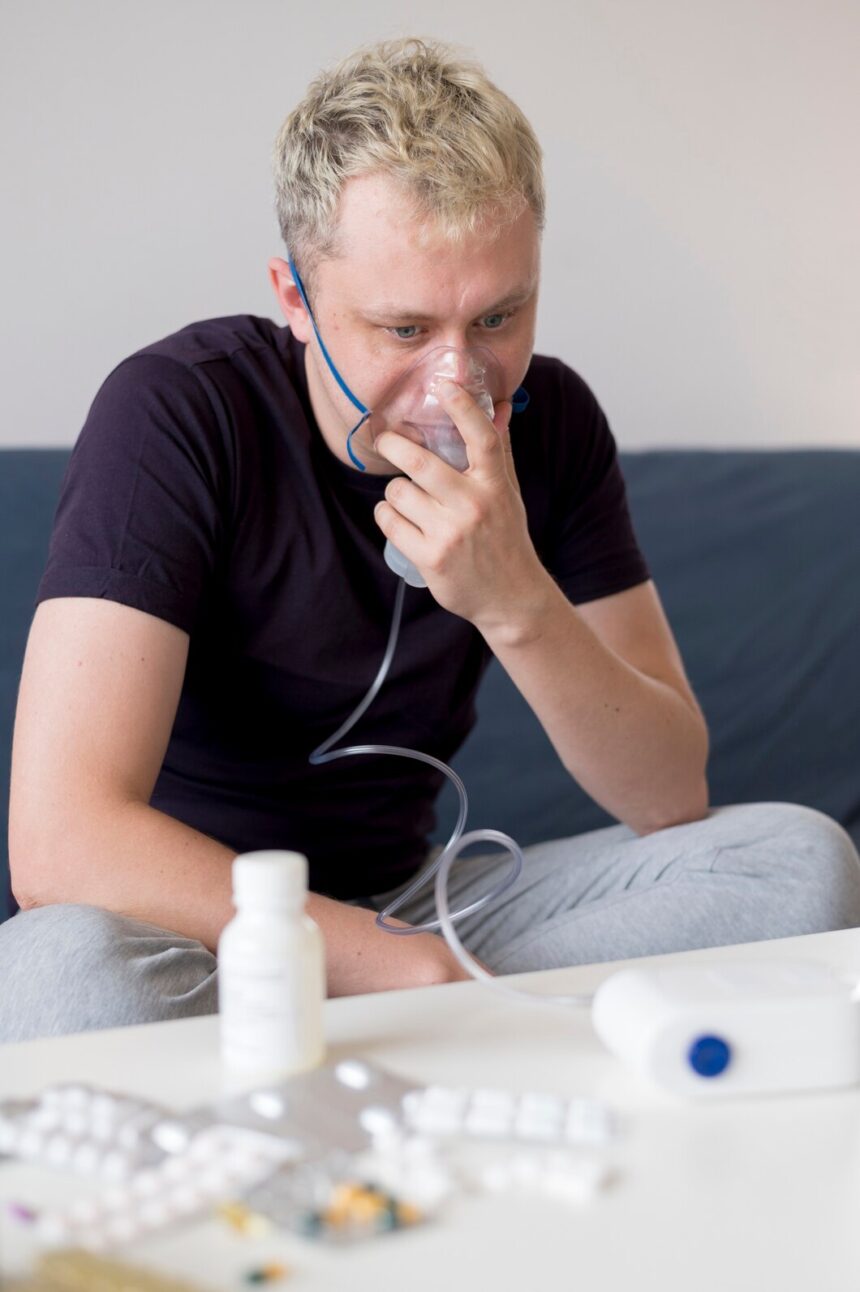Polio, short for poliomyelitis, is a highly infectious viral disease caused by the poliovirus. While global efforts have made significant strides in eradicating polio, outbreaks still occur in regions with low vaccination coverage. Recognizing the signs and symptoms of polio is crucial for early diagnosis, treatment, and prevention of its spread. Here’s a comprehensive guide to understanding the signs of polio:
- Asymptomatic Infection: The majority of poliovirus infections are asymptomatic, meaning infected individuals show no symptoms. However, they can still shed the virus in their stool and transmit it to others, contributing to the spread of the disease.
- Mild Symptoms: For individuals who develop symptoms, polio may initially present as a mild illness resembling the flu (influenza). Common mild symptoms include fever, sore throat, headache, fatigue, and muscle stiffness.
- Nonparalytic Polio: In some cases, polio manifests as nonparalytic polio, characterized by symptoms such as fever, headache, sore throat, vomiting, stiffness in the neck, and muscle pain or weakness. These symptoms typically resolve within a week.
- Paralytic Polio: Paralytic polio is the most severe form of the disease, affecting approximately 1% of polio cases. It occurs when the poliovirus invades the nervous system, leading to paralysis or weakness in one or more limbs. Paralytic polio can cause permanent disability or, in severe cases, respiratory failure and death.
- Flaccid Paralysis: Paralytic polio primarily affects the motor neurons in the spinal cord and brainstem, resulting in flaccid (limp) paralysis of the affected muscles. The paralysis is usually asymmetric, affecting one side of the body more severely than the other.
- Loss of Reflexes: Affected individuals may experience a loss of deep tendon reflexes (areflexia) in the paralyzed limbs, indicating dysfunction of the nervous system.
- Muscle Atrophy: Prolonged paralysis in polio-affected muscles can lead to muscle wasting (atrophy) and contractures, causing permanent deformities and impairments in mobility.
- Respiratory Complications: In severe cases of paralytic polio, paralysis of the muscles involved in breathing can lead to respiratory complications, including difficulty breathing, respiratory distress, and respiratory failure. These complications require immediate medical intervention, such as mechanical ventilation.
- Bulbar Polio: Bulbar polio affects the cranial nerves that control vital functions such as swallowing, speaking, and breathing. Symptoms may include difficulty swallowing (dysphagia), nasal regurgitation, slurred speech (dysarthria), and respiratory compromise.
- Post-Polio Syndrome: Some individuals who survive paralytic polio may experience a recurrence or worsening of symptoms years or decades later, a condition known as post-polio syndrome (PPS). Symptoms of PPS may include muscle weakness, fatigue, joint pain, and respiratory problems.
Early diagnosis and treatment of polio are essential for preventing complications and minimizing the spread of the virus. Vaccination with the oral polio vaccine (OPV) or inactivated polio vaccine (IPV) remains the most effective strategy for preventing polio. Routine immunization, supplementary vaccination campaigns, and vigilant surveillance are critical components of global efforts to eradicate polio once and for all.
In conclusion, recognizing the signs and symptoms of polio is crucial for timely intervention and prevention of its spread. While the incidence of polio has declined significantly due to vaccination efforts, continued vigilance and investment in immunization programs are essential for achieving and sustaining global polio eradication. Through collective action and commitment, we can consign polio to the annals of history and ensure a polio-free world for future generations.










